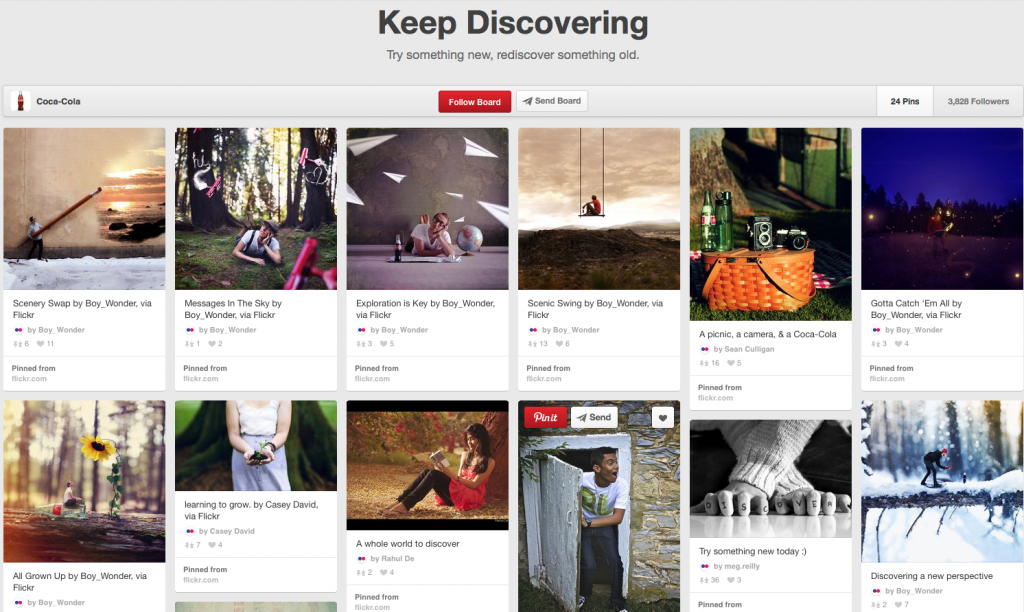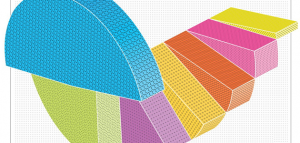When Mad Men’s final season premieres this Sunday night, we’ll be glued to our televisions. Viewers are drawn to the intrigue, the drama and the glamour of the early days of modern advertising. Content creators – marketers, advertisers, writers – simply love the work. In eight seasons, Mad Men has shown us a myriad PR campaigns, from hand-drawn billboards to glossy magazine ads and television commercials that play with lighting to tell a story.
Don Draper’s best work reflects a fundamental truth: effective marketing uses visual content to create connections. In honor of the new season, we took a look at one real-life iconic brand – Coca-Cola – to see how its use of visual content has evolved through the ages.
Download this post by entering your email below
1. Action in 2D: Coke & the 1932 Olympics
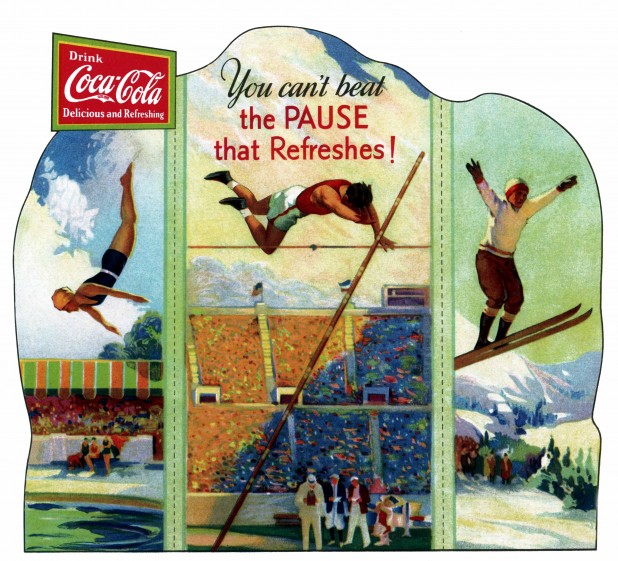
Early Coca-Cola artwork reflected the spirit of the times. Coke adopted the look and feel of sports programs and illustrations of the era for this 1932 Olympics piece to capture and celebrate moments of achievement.
2. 1931: Modernizing a Cultural Icon
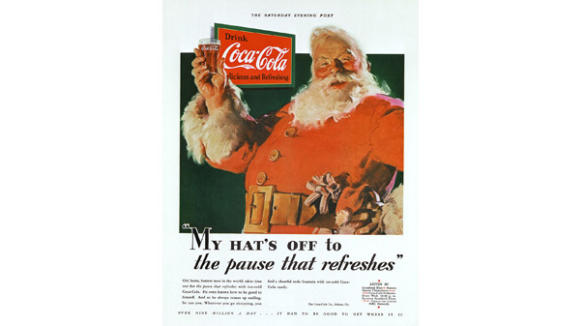
In one of the greatest examples of an advertisement capturing and shaping the popular imagination, Coca-Cola credits its “Santa” campaign for helping shape a modern vision of “Santa Claus” as a plump, jolly, good natured old man, as drawn by artist Haddon Sundblom. It wasn’t the first time a corporation used a celebrity (of sorts!) in its ads – but hey, Santa’s commission can’t have been very high and his spirit was a perfect match for Coca-Cola’s holidays campaigns.
3. Visual Content Moves to the Small Screen in 1963: Coke on the Beach
In 1963, Coca-Cola harnessed the new medium of television to reach a younger, hipper audience with this commercial. Beyond showcasing the product, Coca-Cola presented an aspirational youth lifestyle, in various settings and with original pop music providing the soundtrack.
4. 1971: Art Direction Scales, “I’d like to buy the world a Coke”
Coke used longform content in this piece from 1971, the iconic “Hilltop” ad, to tell its brand story. The scale of the endeavor – in both setting and multitude of participants – delivered an unforgettable image that delighted millions.
5. 1979: A Complete Narrative, “Mean” Joe Green
This ad’s cinematic approach takes the audience is through a complete story with a beginning, middle and unforgettable end, all in the span of a minute. It also turned “Mean Joe Greene” into an approachable hero overnight, and Coke into a media darling once again.
6. 1984: Creating a Persona with Pixels
Coca-Cola embraced new forms of digital content to create this icon, “Max Headroom,” for its 1984 campaign. Using synthesizers and new digital tools, Coke experimented with the new medium to tell a new kind of story with a different kind of hero.
7. 1993: Digital Drives Storytelling in “Always Coca-Cola”
Almost a decade later, Coca‑Cola again experimented with technology – this time computer animation – to create the iconic polar bears that have become synonymous with Coke ever since. The original inspiration for the polar bears was the creative team lead’s own dog.
8. Visual Storytelling at Global Scale: YouTube & the 2010 FIFA World Cup
Coca-Cola went viral with this piece of video content, K’NAAN’s “Wavin’ Flag,” the unofficial theme song for the 2010 FIFA World Cup. The video amassed more than 100M views across the original version and the consumer-generated videos it inspired worldwide.
9. Experiential Marketing in 2013: The Small World Machine
In March 2013, Coca-Cola brought its vision for connecting people living in India and Pakistan to life through the simple execution of a “small world machine.” The machines, lightly branded and easy to use, enabled a live communications portal between citizens in both countries. The resulting content – a video of handshakes, hugs, and smiles – combined to create a piece that is greater than the sum of its parts.
10. Micro-Content: Telling Stories One Byte at a Time
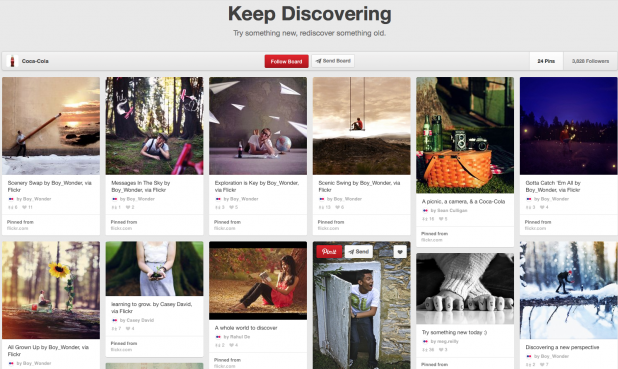
Coke continues to evolve its efforts to connect through content, and today embraces all forms of storytelling platforms and social media. Its Pinterest account features high-quality photographs of “moments of happiness,” discovered by Coke and by its millions of fans.
